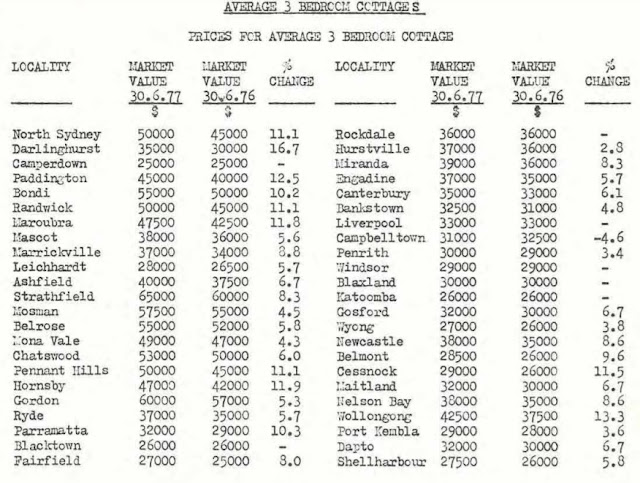Don't get caught in the yield trap: Pete Wargent
EXPERT OBSERVATION
The yield trap refers to how stocks with high dividend yields can often be, erm, a trap, since the high yield is often reflective of weak share price performance or an unsustainable dividend.
It's tempting to gun for the apparent promise of a high dividend, but often misguided.
Yield is a spot figure calculated at any given point in time; but it's not the same thing as income over the life of an investment.
Rental yield & risk
The same holds true for most asset classes, not least real estate.
Recall the 15-20% high-yielding mining town 'investments' of 2012 being spruiked by opportunists (Gladstone, Port Hedland, South Hedland, Moranbah etc).
The dividend or rental income wasn't sustainable as supply responded, and these markets utterly imploded.
In a similar vein, let's take a look at apparently everyone's favourite topic du jour, Sydney housing.
Rewind to the day I was allegedly born, and a three-bedroom cottage in Paddo would have set you back about $40,000.

Higher-yielding investments were always available in the form of two-bedroom apartments, for a purchase price set about 20% lower.
The higher yield partly reflected that units were often more modern - as well as the cheaper purchase price - but also less scarcity value.

It's no secret that land and house prices have always appreciated fastest in Sydney's inner ring, ahead of apartment prices and blocks on the outer - the Valuer General dutifully reported as such in typed font for years in its famed 'Blue Book' annual compendium.
AHURI and the Reserve Bank of Australia periodically note the same thing.

Roll forward to today and with a bit of a refurb your three-bedroom cottage in Paddo rents for about $1750/week ($91,000 per annum) while the two-bed unit would be doing pretty well if it generated just 40% of that amount.
Meanwhile the cottage costs at least double what the apartment does, probably more, so house prices have continued to outperform too.
Immutable laws of supply & demand
Conventional housing market economics suggests that as prices increase supply should respond, but in the case of inner Sydney land this obviously cannot be so, at least until some brainbox decides to build out on to the harbour.
In fact, the Census figures appeared to show that the number of houses in Sydney's inner ring is actually in decline as they make way for more and more, and more...and more apartments (in some areas more than others, 'tis true).

Yield is important for serviceability, but it's by no means the same thing as income over the life of an investment.
Inner city apartments still generate a higher percentage yield in Sydney than houses. Maybe they always will.
And don't get me wrong, my portfolio has several apartments in inner ring Sydney.
But still I know what I'd rather own!
